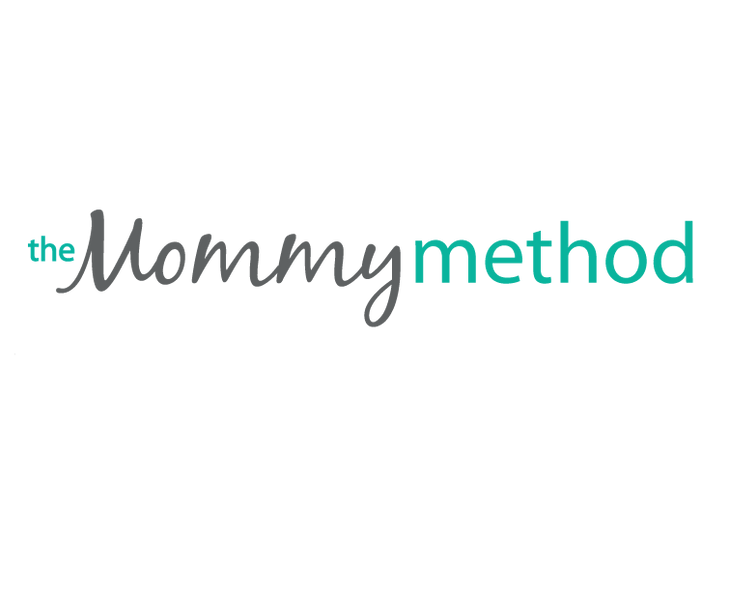6 Ways to Lower Your Risk of a Cesarean
- Marie Bigelow
- Feb 26, 2016
- 3 min read
In a perfect world, women would only get cesareans when they medically need one. But in a country where 1 in 3 women will deliver their baby by cesarean, it is clear that is not case. The World Health Organization states that the cesarean rate should be between 5-10%, so our 33% rate is evidence that many of America’s cesareans aren’t actually needed.
Most women do not want a cesarean. Not only are they much more expensive than a vaginal birth, cesareans also carry extra risks for moms and babies. Keeping in mind that not all cesareans can be avoided, here are 6 ways to lower your risk.

1. Find a doctor or midwife with a low cesarean rate.
Research shows that practice styles of care providers greatly influence a woman’s likelihood of “needing” a cesarean. So find a doctor or midwife with a low rate. If they won’t tell you their cesarean rate, find someone who will. In general, OBs have the highest rates, followed by hospital midwives, ending with out-of-hospital midwives with the lowest rates.
2. Go into labor on your own.
Getting induced triples your likelihood of cesarean. Often, the body just isn’t ready for labor and can’t be forced to do something it isn’t capable of yet. Many inductions simply do not work and result in cesarean. For low-risk women, the evidence is clear that going into labor on your own not only decreases your likelihood for a cesarean, but decreases the need for interventions across the board.
3. Wait for labor to start if your water breaks.
For decades women have been told to head to the hospital as soon as their water breaks. But for many women, active labor may not begin for up to 72 hours. Rushing to the hospital before you are in labor just means that you will be induced, which you now know triples your likelihood of cesarean.
4. Hire a doula.
Studies indicate that doula support decreases cesareans by 28%! Your doula can help your labor progress naturally, and help you find positions that encourage your baby to descend into the birth canal. Doulas also lower instances of epidurals and other drugs for pain management.
5. Forgo the pain meds (or wait as long as possible before getting them).
Babies need to twist and turn all throughout labor to get into an optimal position for birth. But babies can’t move if moms don’t move. So if a mom labors with an epidural for 12 hours, it makes it much more difficult for her baby to get into a good position. Epidurals also slow down labor, which often leads to relying on Pitocin to keep labor moving forward. Epidurals and Pitocin increase the need for cesareans as they contribute to fetal distress, labor dystocia (slow labor progress) and poor positioning of the baby. Read more about epidural risks here.
6. Get some evidence-based education.
Learn for yourself the benefits and risks surrounding childbirth so you can make decisions that will keep your birth safe. If you don’t understand how your choices can increase or decrease your need for intervention, then you become a voiceless participant in your birth. It's important to have some great resources so you can more fuly understand where your birthing choices can take you! In addition to the blog, we highly recommend this website for understanding the risks of different procedures, and my newly-released book is also a great resource. I'd love for you to check out! Once you’ve done all you can to lower your risk of cesarean, you can rest assured that if you do receive a cesarean, you really needed it.






Comments